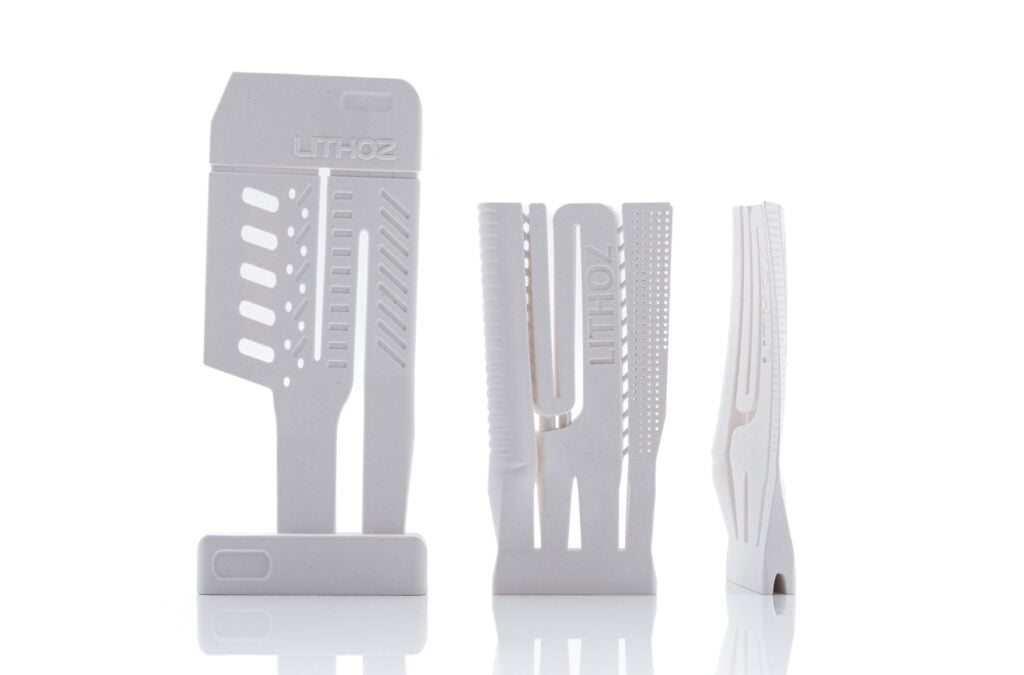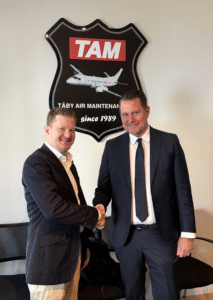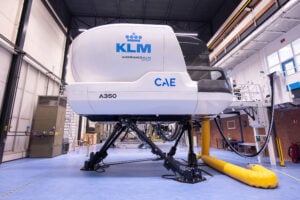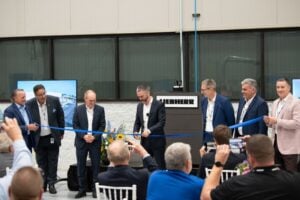Lithoz, a frontrunner in ultra-precise ceramic 3-D printing, has installed three CeraFab System S65 printers at Safran Aircraft Engines in Gennevilliers, near Paris. The investment will allow Safran to begin serial production of complex ceramic casting cores at industrial scale. These components are essential for the cooling of next-generation turbine blades.
The project builds on several years of collaboration between the two companies. Safran and Lithoz have co-developed new ceramic formulations which, when combined with Lithoz’s lithography-based ceramic manufacturing (LCM) technology, offer a reliable and scalable solution. The result is a breakthrough in the use of ceramic 3-D printing for aerospace applications.
Raising the inlet temperature of high-pressure turbines is a key goal for future engines. To cope with these higher loads, blades must integrate advanced cooling channels. These are created during the casting process. Traditional ceramic manufacturing could not reach the required level of detail, but Lithoz’s LCM technology now makes this possible.
Safran selected the CeraFab System S65 for its performance, speed and compliance with strict aeronautical traceability standards. The printers also offer ergonomic design and production-ready software. According to Safran, the project’s success was supported by the technical skills and fast response of the Lithoz team, which ensured the installation was completed on schedule.
Johannes Homa, CEO of Lithoz, said: “The installation of these three CeraFab S65 printers is a true milestone for both Lithoz and the aerospace industry. As Safran Aircraft Engines moves forward with serial additive manufacturing of ceramic casting cores, Lithoz is proud to provide full support for this important step.”
This development highlights the growing importance of additive manufacturing in aerospace. Precision, efficiency and innovation are increasingly vital as the industry works towards engines that meet future performance targets while advancing sustainability.

































